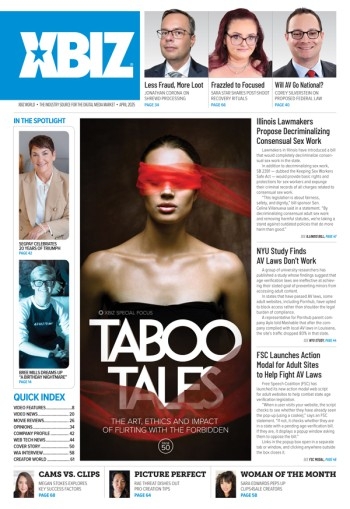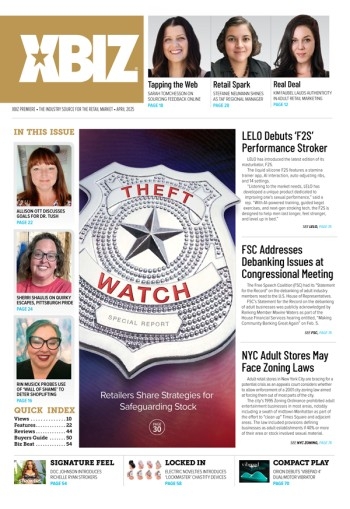“Numerous studies have promoted the first half of the copyright equation — the value of copyrighted works, sometimes referred to as the "copyright economy" — but have overlooked the second part: the value that the U.S. economy derives from the limits that the Constitution, Congress and the courts have placed on the rights of copyright holders like ourselves,” the CCIA stated in its report. “This study seeks to ascertain the extent of this 'Fair Use Economy.’”
The CCIA , which describes itself as an “international, nonprofit association of computer and communications industry firms,” asserted in its report that a wide swath of industries and companies are dependent on fair use exceptions to generate revenue, from “manufacturers of consumer devices that allow individual copying of copyrighted programming” to schools, search engines and all manner of Internet service providers.
Ed Black, president and CEO of CCIA, said that as the U.S. economy becomes “increasingly knowledge-based” the whole idea of fair use no longer can be “discussed and legislated in the abstract.”
“It is the very foundation of the digital age and a cornerstone of our economy,” Black said. “Much of the unprecedented economic growth of the past 10 years can actually be credited to the doctrine of fair use, as the Internet itself depends on the ability to use content in a limited and nonlicensed manner.”
While the CCIA emphasized that in crafting their report, the organization “adopted the guidelines suggested by WIPO [the World Intellectual Property Organization], and used in other studies, to evaluate the economic contribution of fair use,” the group conceded that it used “a simpler definition of core and non-core industries that depend on or benefit from fair use.”
The CCIA asserted in its report that the very nature of the Internet, including the “extensive use of temporary copies” led them to include all Internet-based industry groups and industries in its “fair-use core.”
Further expanding the pool of companies considered to be part of the fair use economy is the definition of “non-core industries” employed by the CCIA in crafting their study.
“Non-core industries included in this study consist of industries whose activities or output facilitate the output of the fair use core,” the CCIA stated in its report. “Companies in these sectors derive a significant amount of their current business from the demand generated by fair use and the Internet, and are interdependent with the core industries.”
Having established an enormous scope for fair use economy members, including the entirety of the satellite telecommunications, radio and TV broadcasting and cable TV industries, the fair use economy size was further augmented by the scope of financial measures considered for each company within that economy.
“[The] study quantifies the economic contribution of core and non-core industries based on five economic measures: revenue, value added, employment, payroll and exports,” the CCIA stated in its report.
Black said that the data in the report underscored the importance of maintaining and protecting fair use protections for the overall health of the U.S. economy.
“To stay on the edge of innovation and productivity, we must keep fair use as one of the cornerstones for creativity, innovation and, as today’s study indicates, an engine for growth for our country,” Black said.
On a website operated by the CCIA, DefendFairUse.org, the group chronicles various alleged “abuses” of fair use rights perpetrated by a variety of organizations that the CCIA collectively refers to as “Big Content.”
The current “abuse of the week” listed on DefendFairUse.org takes aim at the National Football League. According to the CCIA, in the professional football association’s frequently broadcast disclaimer, the “NFL tells viewers, in effect, that they may not talk about the game with their friends without permission.”







